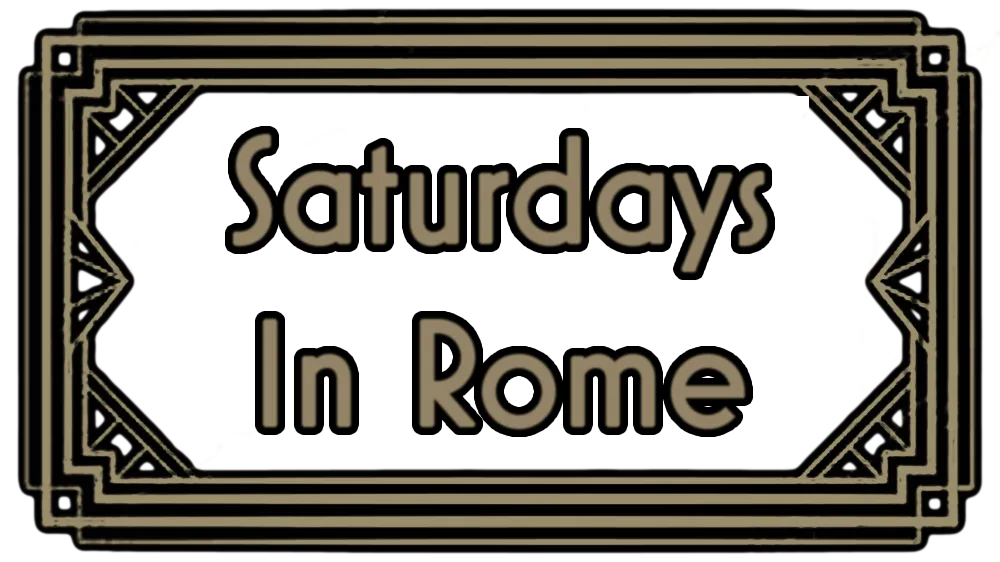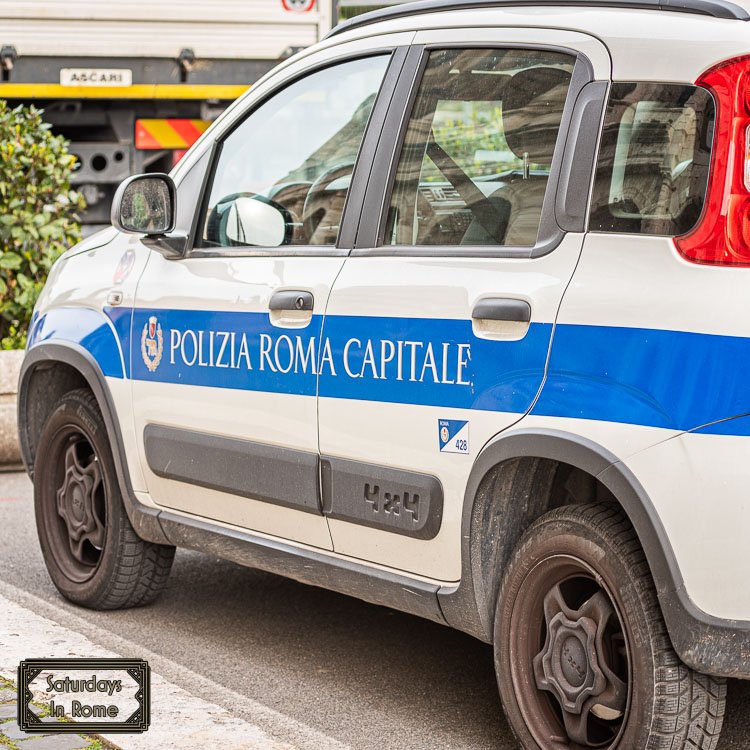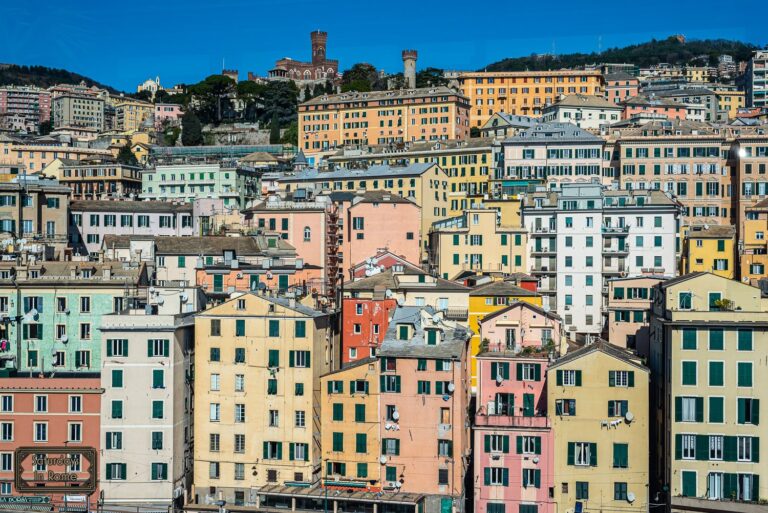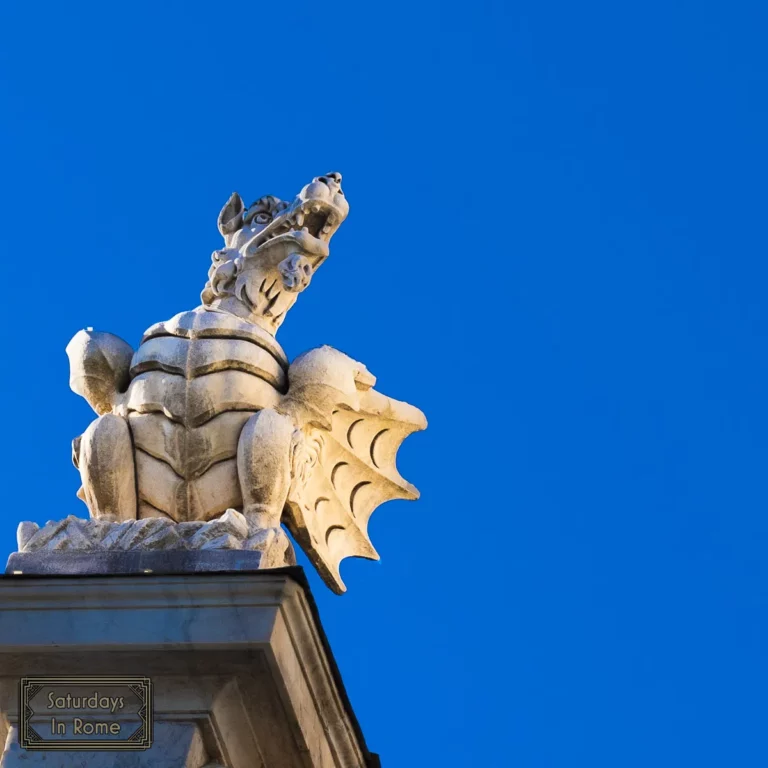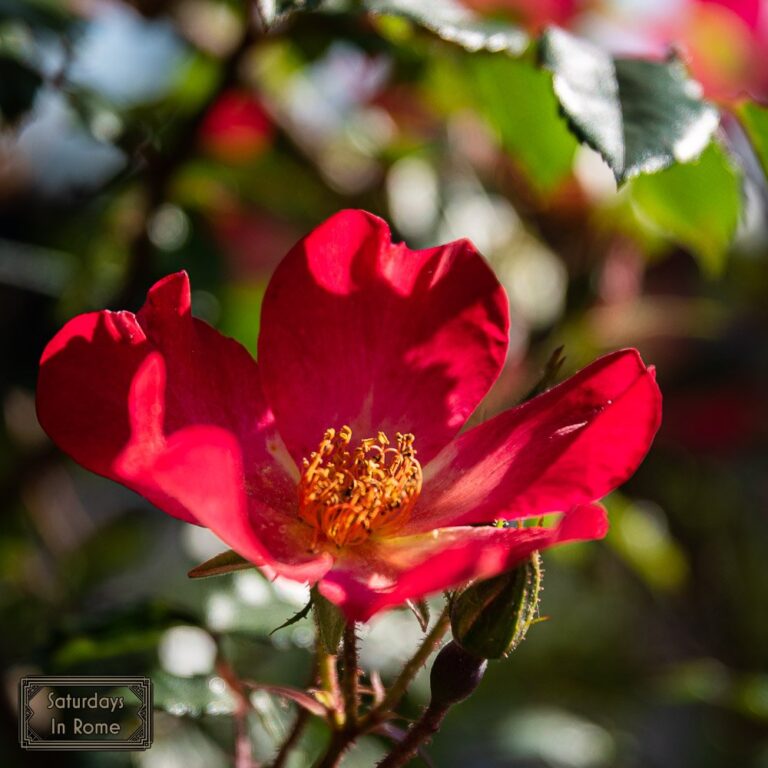Exploring Rome Parks: A Guide to the City’s Greenspaces
Exploring Rome parks offers a wide range of exciting opportunities to view splendid Villas, history-steeped sites and tranquil spaces you will appreciate.
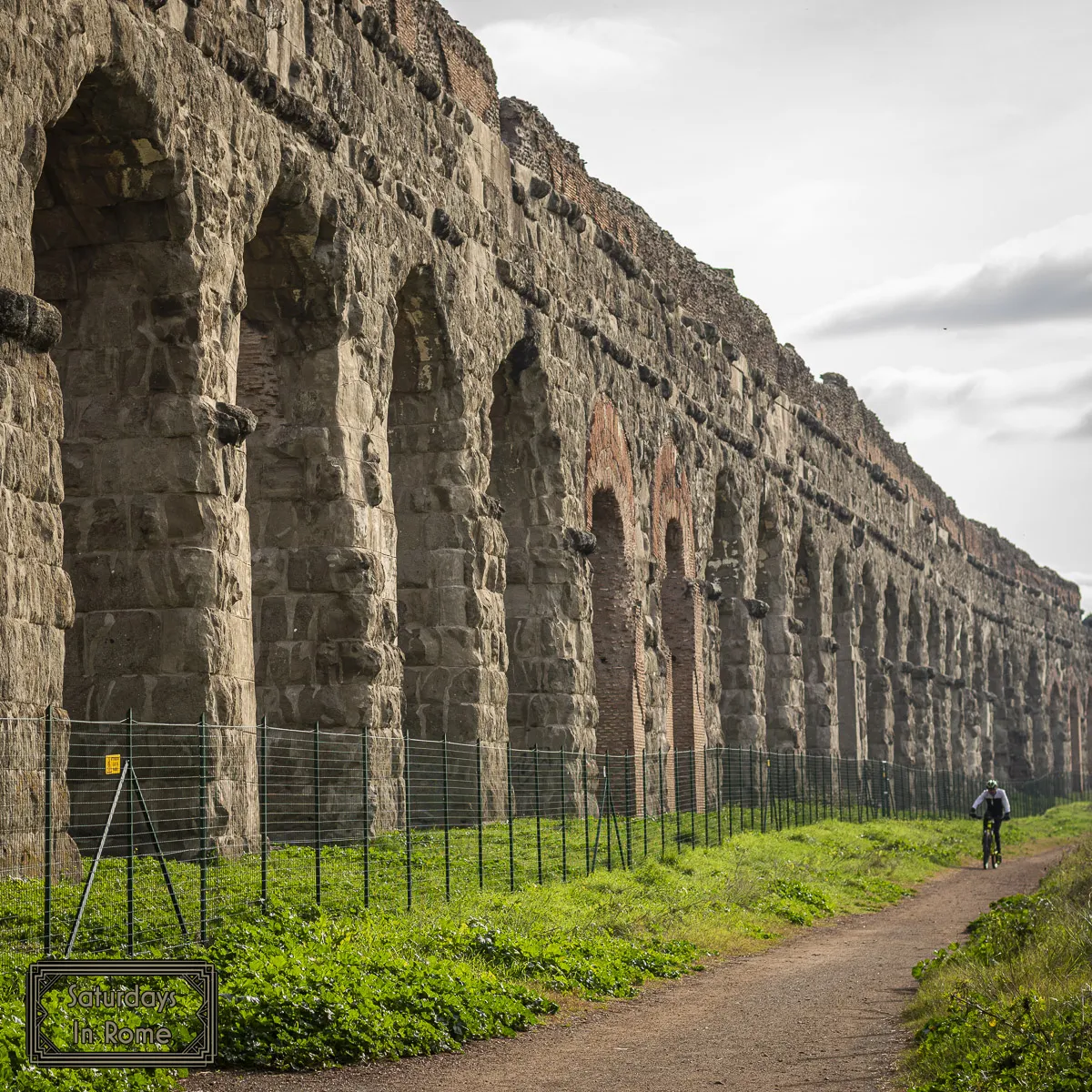
Rome is famous for its ancient ruins, bustling piazzas and world class cuisine, but its parks offer a tranquil and often overlooked space in the Eternal City. These green spaces, scattered throughout the capital, are not just places to relax, some are living museums, historical landmarks, and nature escapes all rolled into one.
Need Help Planning?
- Cheap Flights: Find The Most Affordable Flights.
- Accommodations: From 1 to 5 Stars And More.
- Car Rentals: Affordable Travel Across Italy.
- Sightseeing Tours: Explore Some Amazing Tours.
- Buying An eSIM: Stay Connected In Italy.
This post includes affiliate links.
This guide explores some of the most beautiful and diverse parks in Rome, which are perfect for:
- A moment of quiet reflection
- Fun family adventures
- Low-Budget experiences
- Hidden historical gems
After reviewing the highlights, you can click through to our dedicated articles for deeper insights into each destination. There are maps, hours of operations, amenities and amazing photos that will make it a necessity to add these spots to your travel itinerary, if only for a brief respite.

Villa Borghese Gardens: Rome’s Central Oasis
This vast park in the heart of Rome is first on the list because of how overwhelming this space is in the center of a bustling city. If you are looking for a breathtaking greenspace where you can relax during the day, the Villa Borghese Gardens are that and so much more!
In addition to taking a casual stroll through the Villa Borghese Gardens and seeing the museum, which you should definitely check out, it is easy to spend an afternoon in the park. You can rent a boat (read: tiny 2-person rowboat) which is inexpensive and has the fantastic view of the Temple of Aesculapius. You can also see a replica of Shakespeare’s Globe Theater, a Zoo, which was recently redesigned and a hydro-chronometer (water clock) built in 1873. If you get tired of walking, there are places to get a snack, a coffee or you can rent a bike or a cart.
Tucked between Piazza del Popolo and the Spanish Steps, Villa Borghese Gardens is often dubbed Rome’s answer to Central Park, and for good reason. This expansive park offers a stunning mix of manicured gardens, shady groves, and cultural attractions. Unlike Central Park, I didn’t see any softball fields, but the analogy is apt.
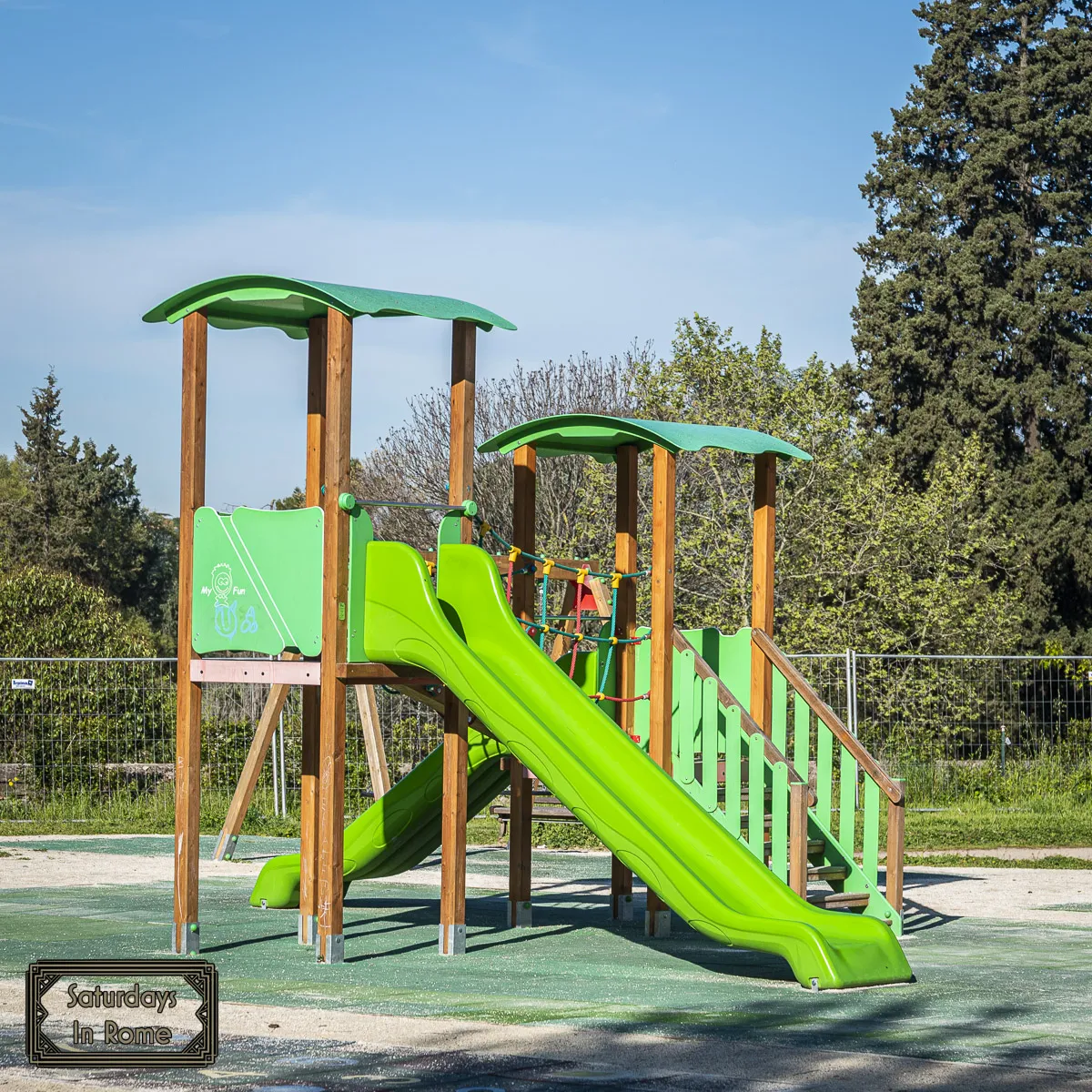
You can stroll or rent a bike to explore the many paths, relax by the boating lake or visit the Galleria Borghese, home to masterpieces by Bernini, Caravaggio, and Raphael. This private museum is very popular and should be on your list of sites to see, but because of its popularity, be sure to make reservations before arriving.
For families, there’s a zoo and plenty of playgrounds. It’s also home to the Pincian Hill Terrace, offering one of the most romantic sunset views in the city. Descending from the terrace is a little tricky, so you will want to be careful if it is wet or covered in leaves, but you are not only close to Piazza del Popolo, but also an active bus stop (P.Le Flaminio) and a metro station (Flaminio).
For more information, check out: Are The Villa Borghese Gardens Worth Visiting? Yes!

Villa Doria Pamphili: Rome’s Largest Park
Located in the Monteverde district, Villa Doria Pamphili covers an area of approximately 455 acres (184 hectares), making it the largest public landscaped park in Rome. The park is known for its expansive green spaces, including manicured gardens, sprawling lawns, and wooded areas.
This park is a true hidden gem for locals because there really isn’t too much for a tourist to enjoy. Many of the fountains are decapitated and dry, the buildings were closed and the lawns aren’t well maintained.
However, it’s a peaceful paradise for walkers, joggers, and those seeking a calm escape from Rome’s busy streets. There are some well travelled tracks that circle the park and on the nice sunny day I went there, people exercising or walking their dogs were in abundance.
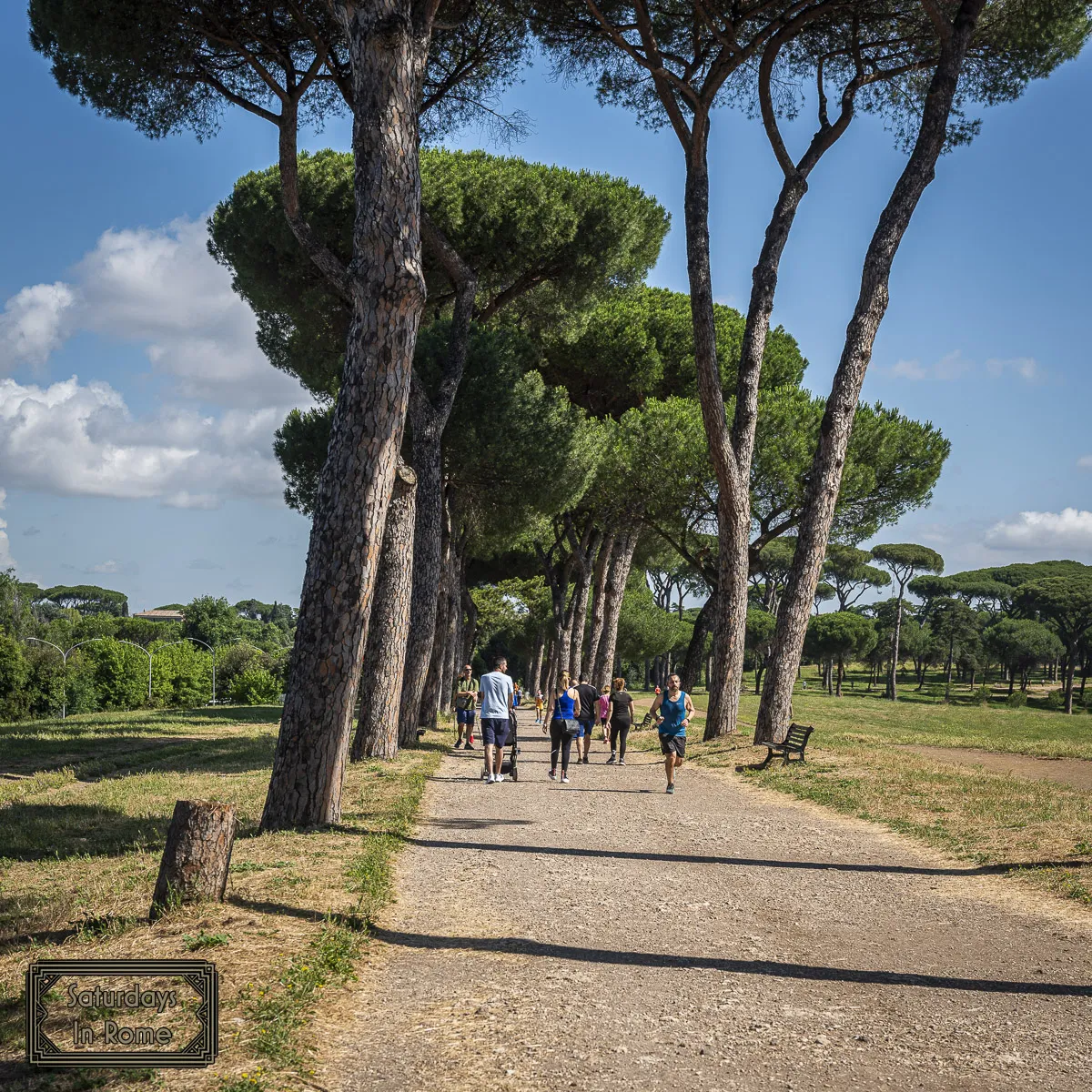
One of the most beautiful buildings in the park, which was unfortunately closed when we visited, is the Casino del Bel Respiro. Formerly known as the Palazzo delle Statue, it was commissioned by Pope Innocent X (Giovanni Battista Pamphilj) and is a small architectural gem within the villa’s grounds. It was designed by Algardi as a complement to the Pamphili collection of ancient and modern sculptures and other Roman antiquities such as: vases, sarcophagi, bas-reliefs and reliefs.
The Doria Pamphili Gallery is an art gallery in the Palazzo in Villa Doria Pamphili. However, much of the collection was moved to the Galleria Doria Pamphilj in the center of Rome (near Piazza Venezia) in the 18th century. The Gallery Doria Pamphilj should not be confused with the Palazzo Pamphilj, which is in Rome’s Piazza Navona, and is now the Brazilian Embassy.
More details available at: 10 Reasons to Visit Villa Doria Pamphili Park
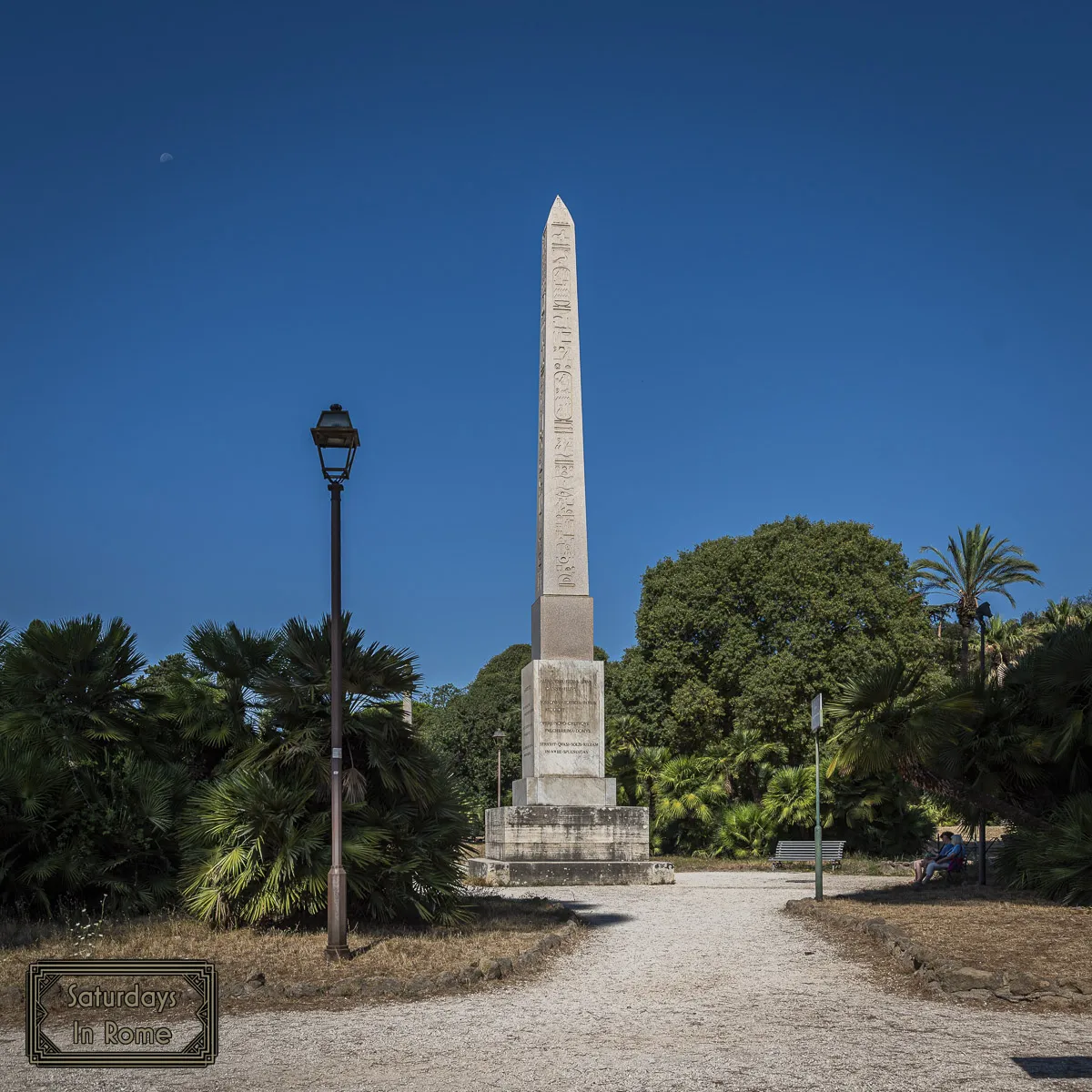
Villa Torlonia: Art, Architecture And Some Fascist History
Villa Torlonia is a beautiful park located on the northern edge of Rome. It is not only a lush garden but also an architectural marvel steeped in 20th-century history. Once the home of the powerful Torlonia banking family, it later became Mussolini’s official residence, rented symbolically for just one lira a year.
Members of the Torlonia family were given titles by various Popes, one member became the Mayor of Rome and through a long and complicated family tree, Brooke Shields is actually a descendant.
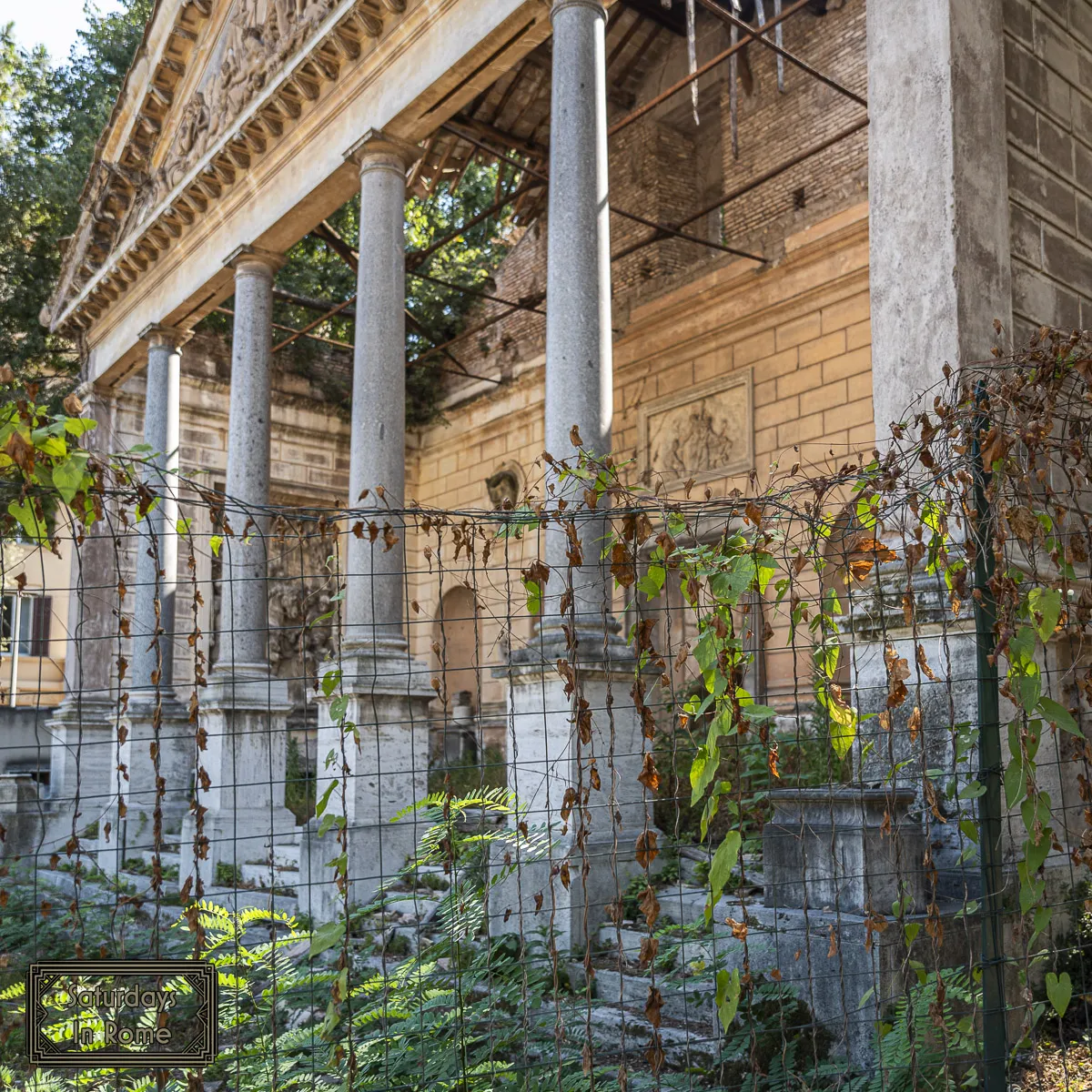
The grounds include quirky structures like:
- The Casina delle Civette (House of the Little Owls): Showcases whimsical Art Nouveau stained glass
- The Casino Nobile: Which houses a museum and a partially finished WWII bunker.
- The Casino dei Principi: Small and refined, the Casino was used by Prince Alessandro Torlonia, during the lavish social events organized in the Villa, as an annex of the main Palace.
- The Theater: Commissioned in 1841 and completed in 1873, the building sustained damage after the war during the allied occupation and it remained derelict until it was restored and reopened in 2013 where it hosted occasional public performances.
- The Museum: This museum contains statues from the Torlonia collection and a section that contains pieces of furniture used by Mussolini while the Fascist dictator lived at the Casino Nobile.
Visitors can explore shaded paths, quiet corners, and striking monuments. It’s a fascinating blend of history, nature, and architecture.
In case you wanted to learn more: Is Villa Torlonia Worth Visiting?
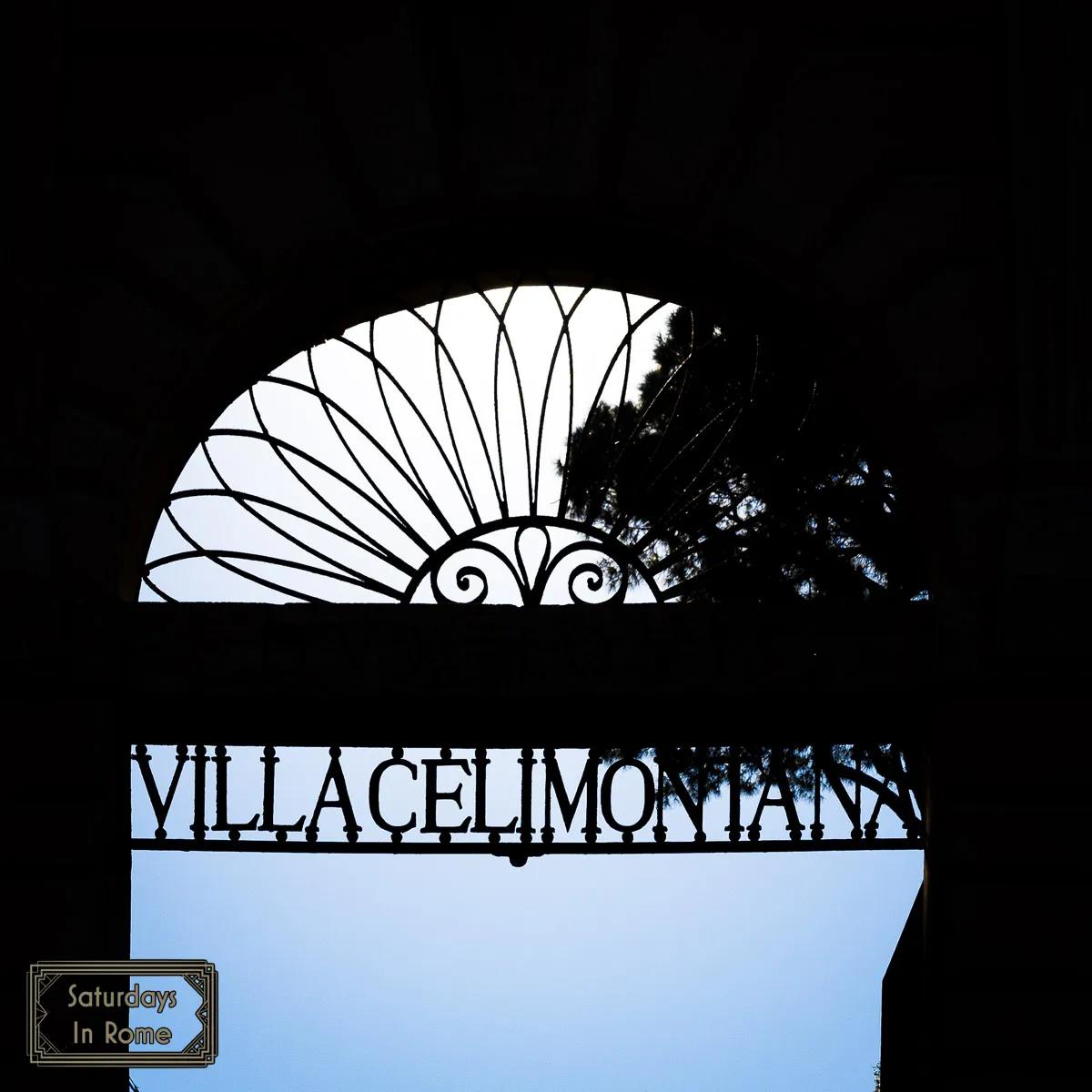
Villa Celimontana: A Tranquil Gem With Ancient Views
Tucked behind the Basilica of Saints John and Paul on the Caelian Hill, only a short walk from the Colosseum, Villa Celimontana is a peaceful oasis not far from the bustling historical center’s attractions. This elegant Renaissance-era garden was once the estate of the Mattei family and still exudes a noble charm.
The architect, Ciriaco Mattei, transformed the vineyard of the estate into a garden full of statues and fountains by bringing in architects, artists and workers. The Villa remained the property of the Mattei family until the death of the last male of the family at the beginning of the 19th century.
You’ll find one of Rome’s 13 Egyptian obelisks, Obelisco di Villa Celimontana, ancient ruins, picnic spots, and panoramic views of the surrounding hills. Locals love it for reading, napping under olive trees, dog walking and outdoor exercise. Its location makes it ideal for a quiet break during sightseeing and summertime has recently brought live Jazz music and dining to the park.
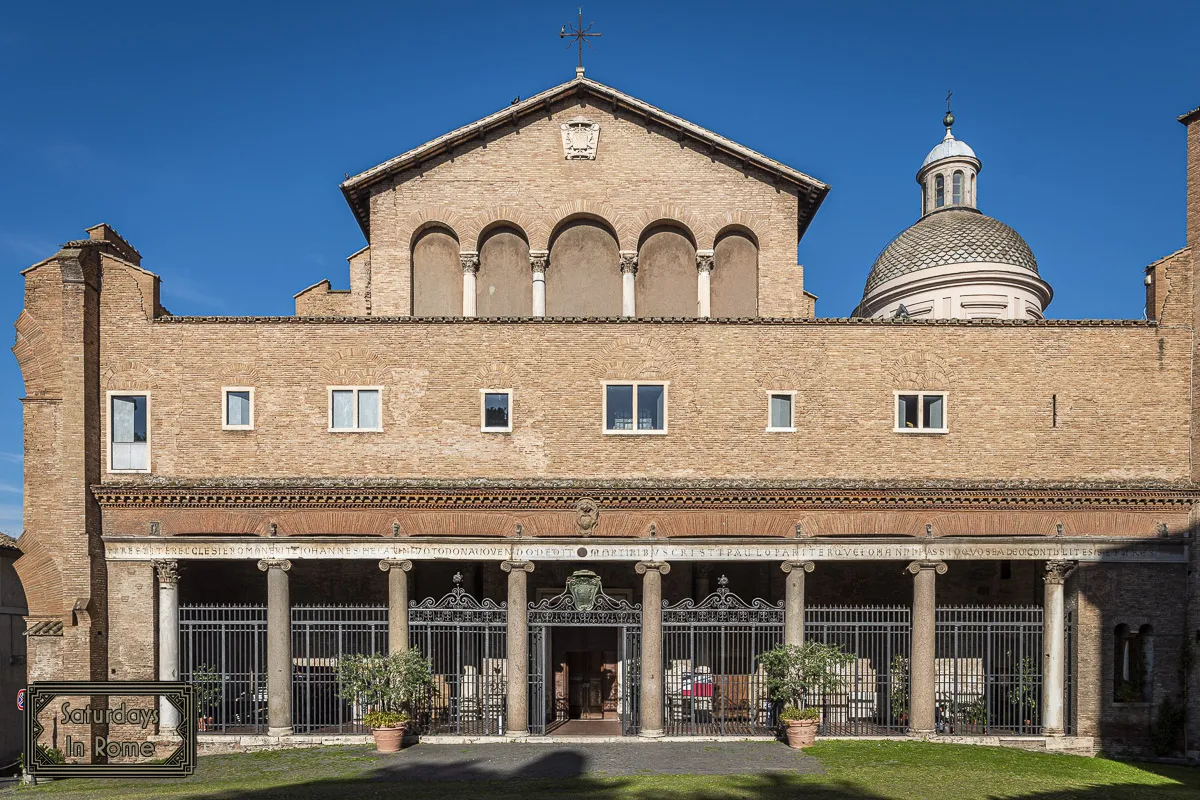
There are also the Roman houses of the Celio (Case Romane del Celio) represent a fascinating place in underground Rome due to the presence of original decorations in an extraordinary state of conservation. The frescoed rooms of a very high artistic value and religious interest make the Roman houses of the Celio a fundamental stage in the knowledge of ancient Rome. Unfortunately, there are no pictures allowed.
There is more info available here: Villa Celimontana Is A Tranquil Park With Views Of Rome
Colle Oppio Park: Budget Family Fun Near the Colosseum
If you’re traveling on a budget or with kids, Colle Oppio Park is a fantastic stop. Located just north of the Colosseum, this park offers sweeping views of the amphitheater and hides several archaeological treasures, including the ruins of Nero’s Domus Aurea and ancient Roman Baths of Trajan.
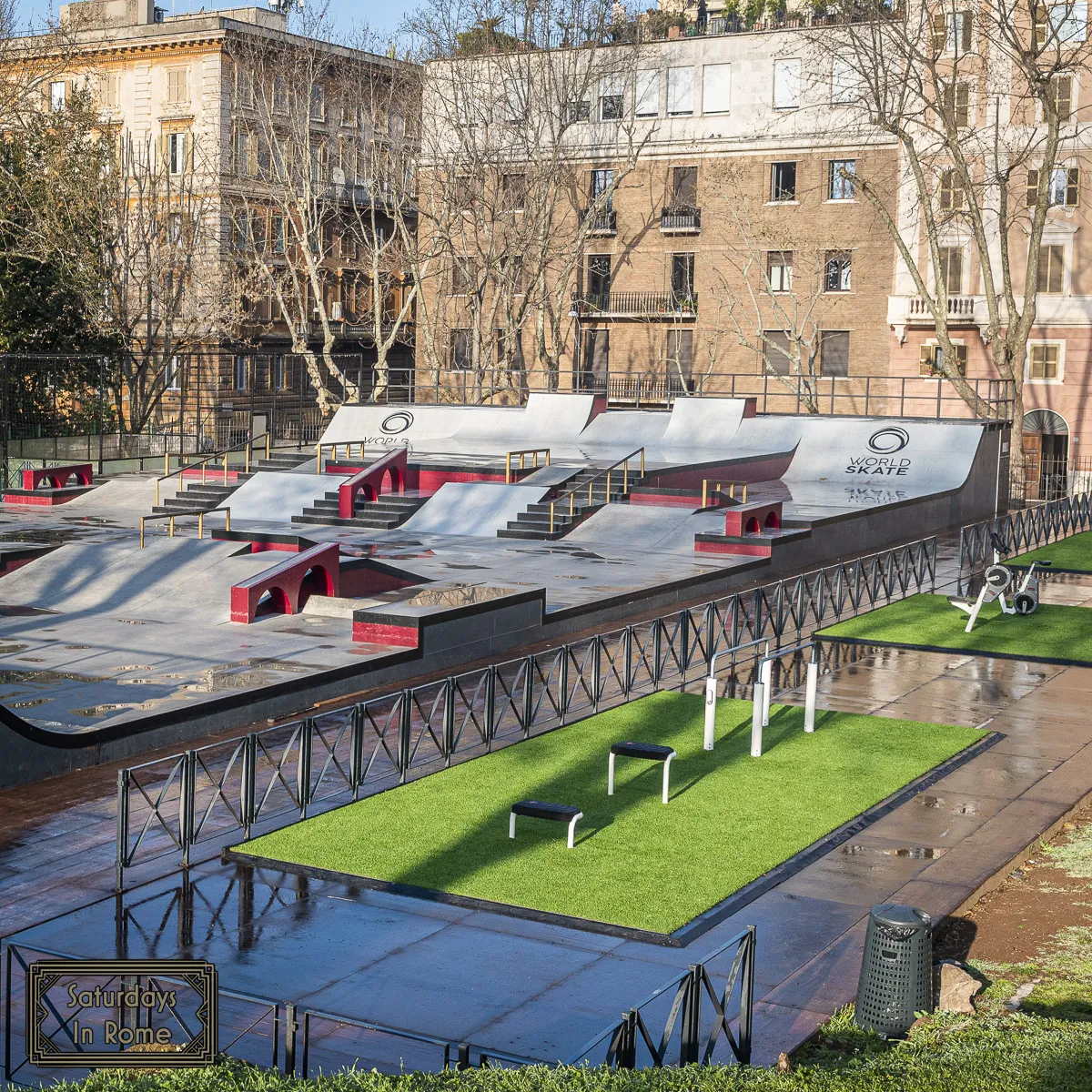
Modern touches like:
- A Skatepark – This amazing park was built in 2022 and replaced a crumbling skatepark that was repeatedly vandalized in the same area. As part of the project that included building this skatepark, the city has improved maintenance, amenities and security of the park to the point where I continually see public safety officers in the mornings scattered around all corners of the park.
- A Basketball Court – One of the more active spots in this Rome park is the basketball court that has one of the most amazing views in the world. It is a popular spot for pick-up games among tourists and locals alike, so just bring some sneakers and join in. If you are looking for some alone time on the court, good luck and get there early.
- New Playgrounds – There is a new and well maintained play area for children, which includes swings and climbing structures with a padded floor spread around the fenced in space. It is in the shadows of the ruins of the Baths of Trajan, but with close access to the larger streets and parking that surrounds the park.
These great additions to the park make it ideal for families looking to unwind without spending a cent. Its central location also makes it a convenient resting point during a day of sightseeing.
More details and ideas can be found here: Colle Oppio Park Is Great For Budget Family Travel in Rome
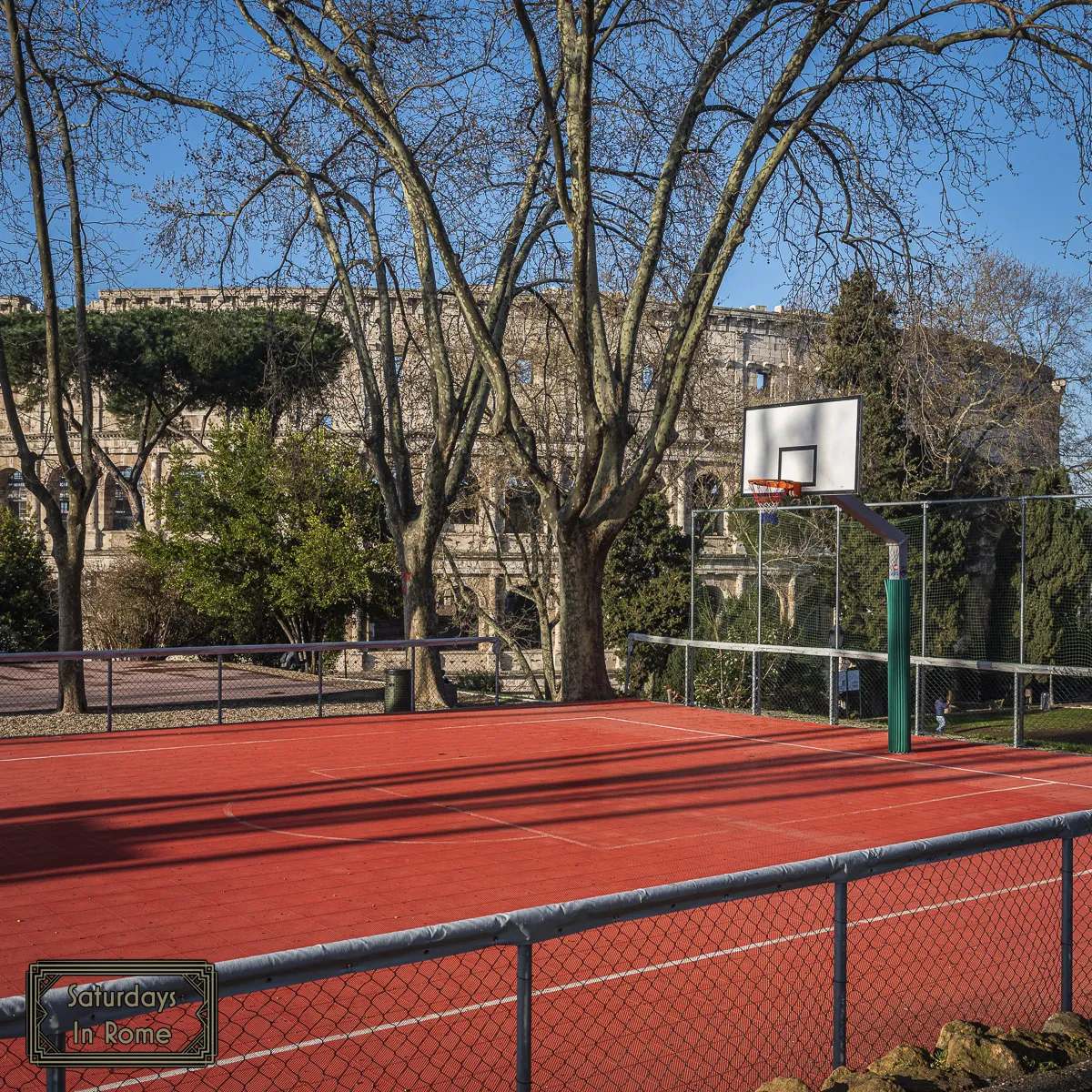
EUR Lake Park: Urban Escape With Cherry Blossoms
Situated in Rome’s southern EUR district, EUR Lake Park is a modern oasis with clean lines, scenic lakeside paths, and surprisingly lush flora. Created in the 1930s and completed after WWII, the park blends rationalist architecture with nature.
So, what does EUR mean? In the 1930s, Mussolini expressed the desire to start a unique construction project suitable for the headquarters of the World’s Fair, also known as the Universal Exposition di Roma (EUR), that would take place in 1942. World War II put an end to this plan, but it didn’t prevent this neighborhood from being built and still representing a very active urban area today.
It’s a favorite during cherry blossom season when pink trees line the lake, reminiscent of Tokyo. Locals love to jog, paddleboat, or enjoy gelato on a sunny day. Its sleek design and quiet vibe make it feel more like a botanical garden than a city park.
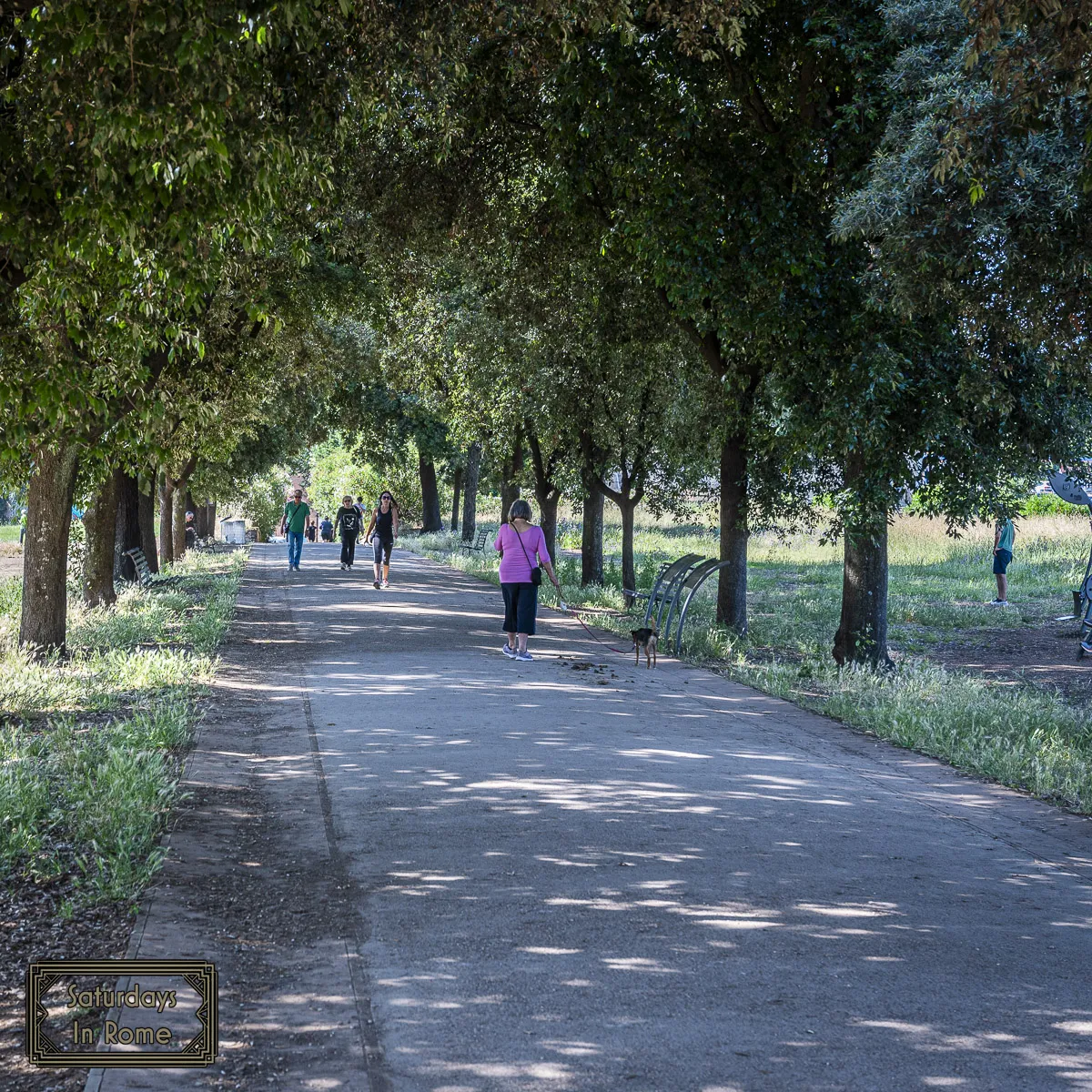
The park occupies an area of approximately 160,000 m², more or less equally divided between the green area and the artificial lake. The lake itself is a kilometer long and from 60 to 130 meters wide, with a total area of 85,120 m², with a depth varying between 2 and 4 meters.
You might also enjoy: EUR Lake Rome Is Great If You Are In Italy On A Budget
Parco degli Acquedotti: Rome’s Ancient Arteries
Located in the Appio Claudio district southeast of Rome’s historical center, Parco degli Acquedotti (Aqueduct Park) is part of the larger Appian Way Regional Park. The towering arches of ancient Roman aqueducts stretch across the landscape, offering a surreal mix of history and nature.
You can walk or bike along dirt paths lined with wildflowers while admiring the engineering marvels of Aqua Claudia and Aqua Felix. A grassy area of almost 600 acres having a great visual impact, once the Roman countryside, houses 6 of the 11 aqueducts. The arches of the Claudio Aqueduct are impressive and are still used today for irrigation.

This park is also a favorite filming location, featured in films like “La Dolce Vita.” While the huge space has much to offer, it is also close to Cinecittà studios, where Italian cinema magic is made possible.
I’ve noticed that running, biking and dog walking are the popular things to do when I’ve been to the park. There are other things to do as well and these include:
- Bars and Restaurants in and around the park
- Drinking fountains
- Tables and Picnic areas
- Unfortunately, there are no areas for having a barbecue.
Quiet, expansive, and awe-inspiring, it’s a must for history buffs and photographers.
This supporting article has more information: Aqueduct Park, Rome, Italy Is A Beautiful Urban Escape
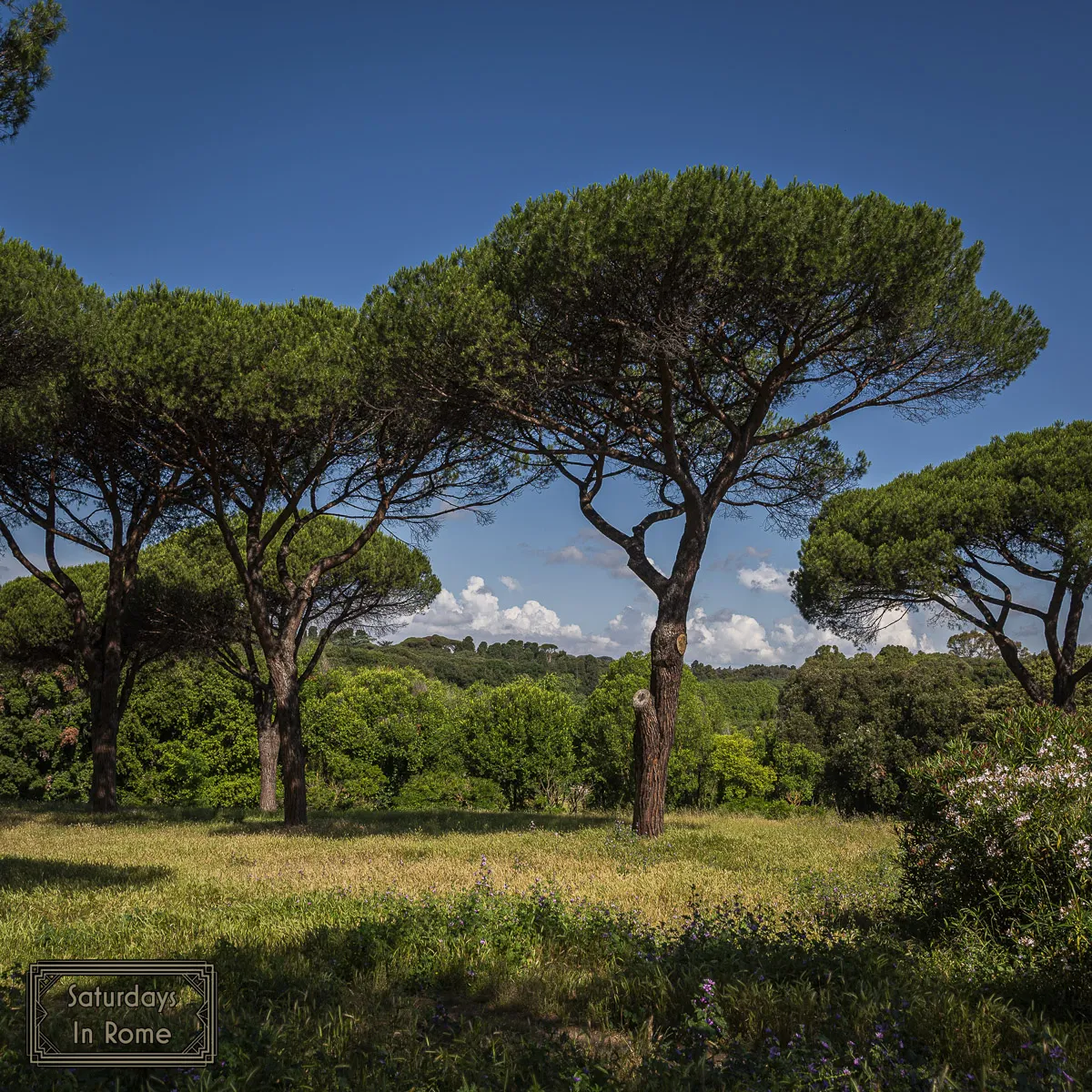
Villa Aldobrandini Park: A Secret Garden In The Sky
Hidden in plain sight between Via Nazionale and the Roman Forum, Villa Aldobrandini is one of Rome’s best-kept secrets. Elevated above street level, this park offers a unique vantage point over ancient ruins, while remaining relatively quiet.
The gardens are formal but inviting, with shaded paths, ivy-covered walls, and tucked-away benches. It’s ideal for reading, journaling, or enjoying a peaceful cappuccino while gazing over the city.
On my visit, two things stood out to me. First, almost all of the states were headless. Not that surprising, given the age, but the consistency of the decapitations suggest vandals are a common visitor. Second, the grass isn’t well maintained, which is consistent among Rome’s many parks.
There has been some construction going on in the park for a while, maybe 9-12 months, so it will be interesting to see if this quiet park full of dog walkers will continue to be as inviting as it was before.
Is this for you? Check out: The Most Secret Garden In Rome Is Villa Aldobrandini Park
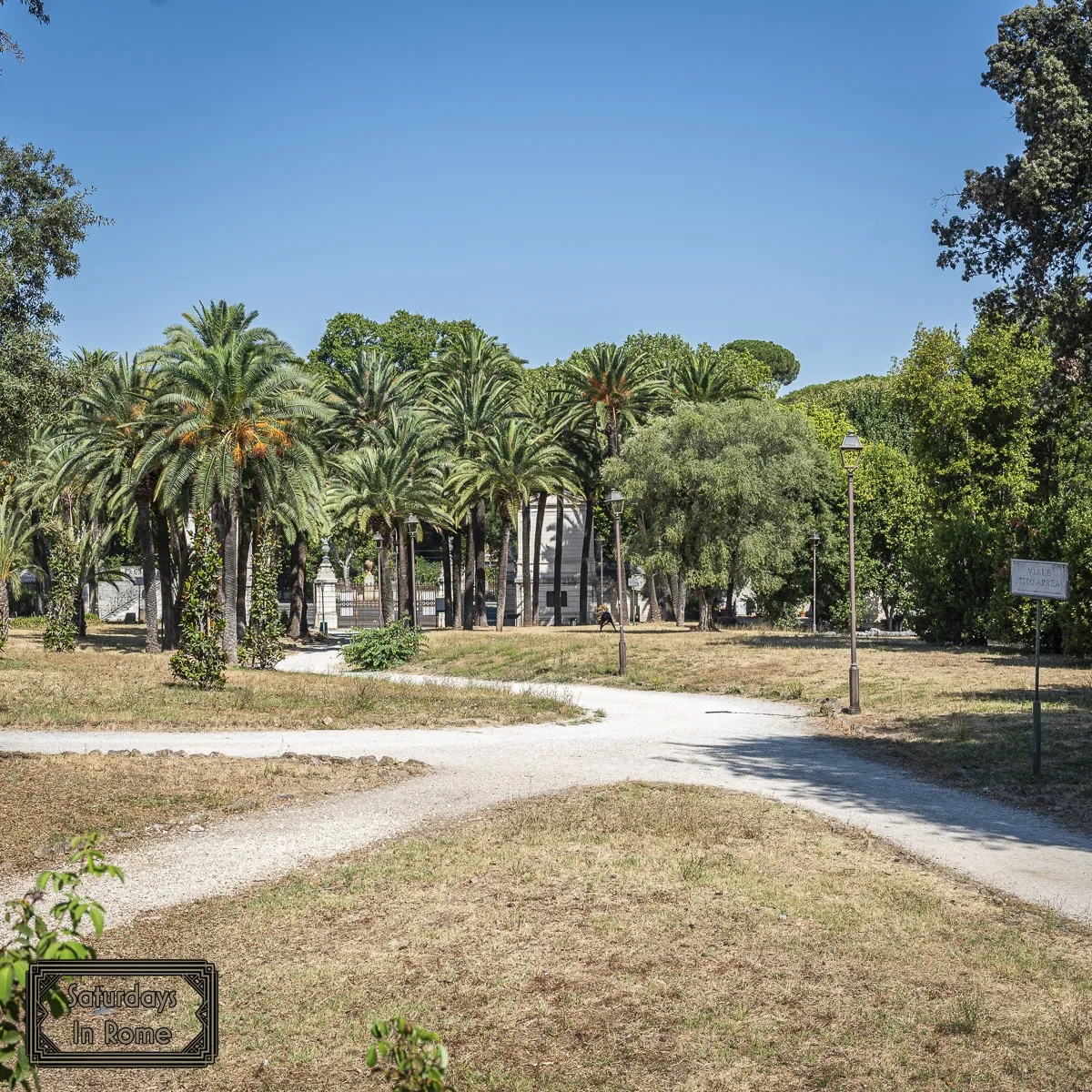
So, Which Park Is Right For You?
Whether you’re a history enthusiast, art lover, nature seeker, a dog walker or simply a family traveler, Rome has a park to match your mood. Here’s a quick breakdown to help you choose:
| Park | Best For |
| Villa Borghese | Art & museums, family fun, views |
| Villa Doria Pamphili | Long walks, jogging, peace & quiet |
| Villa Torlonia | WWII history and architecture |
| Villa Celimontana | Many Hidden spots with quiet greenery and Jazz (sometimes) |
| Colle Oppio | Budget family travel options in central Rome |
| EUR Lake Park | Modern design, cherry blossoms, boat rentals |
| Aqueduct Park | Ancient Roman ruins, jogging, biking, photography |
| Villa Aldobrandini | Seclusion, views, historical vibes, dogs |
Rome’s parks are more than just places to take a stroll, they’re places to escape the city’s hectic rhythms, the crowds and recharge your batteries.
Next time you’re in the Eternal City, make time for these green escapes. And don’t forget to explore the linked articles for insider tips, personal stories, and practical advice on making the most of each destination.
Ready To Take A Walk In Rome’s Greener Side?
If you are ready to explore Rome parks, you can bookmark this guide or share it with someone planning a trip to Rome. There is more information available on our site that can help you plan your next trip to Rome if you are traveling on a budget or are simply looking for some tranquility. Check out some of these:
- Top Sites to See in Rome: Our Complete Guide.
- The Roman Colosseum: An Icon of The Ancient World.
- Exploring The Great Churches of Rome One Altar At A Time.
- The Seven Pilgrim Churches Of Rome Are A Way To Connect.
- Understanding Rome’s Neighborhoods For The First Time Visitor.
- The Beautiful Rome Fountains You Must See On Your Next Visit.
- Egyptian Obelisks In Rome Need To Be On Your Itinerary.
- Modern Sites In Rome: Contemporary Sites Worth Visiting.
- Ancient Sites In Rome – Exploring the Most Important Sites.
- Beautiful Places In Rome, Italy That Shouldn’t Be Missed.
- Bad Tourist Behavior In Italy Needs To Be Avoided By All.
- Is Villa Torlonia Worth Visiting?
- The Most Secret Garden In Rome Is Villa Aldobrandini Park
- Villa Doria Pamphili Park Is Worth A Visit For Many Reasons
- Villa Celimontana Is A Tranquil Park With Views Of Rome
- Colle Oppio Park Is Great For Budget Family Travel in Rome
- EUR Lake Rome Is Great If You Are In Italy On A Budget
- Are The Villa Borghese Gardens Worth Visiting? Yes!
- Aqueduct Park, Rome, Italy Is A Beautiful Urban Escape
